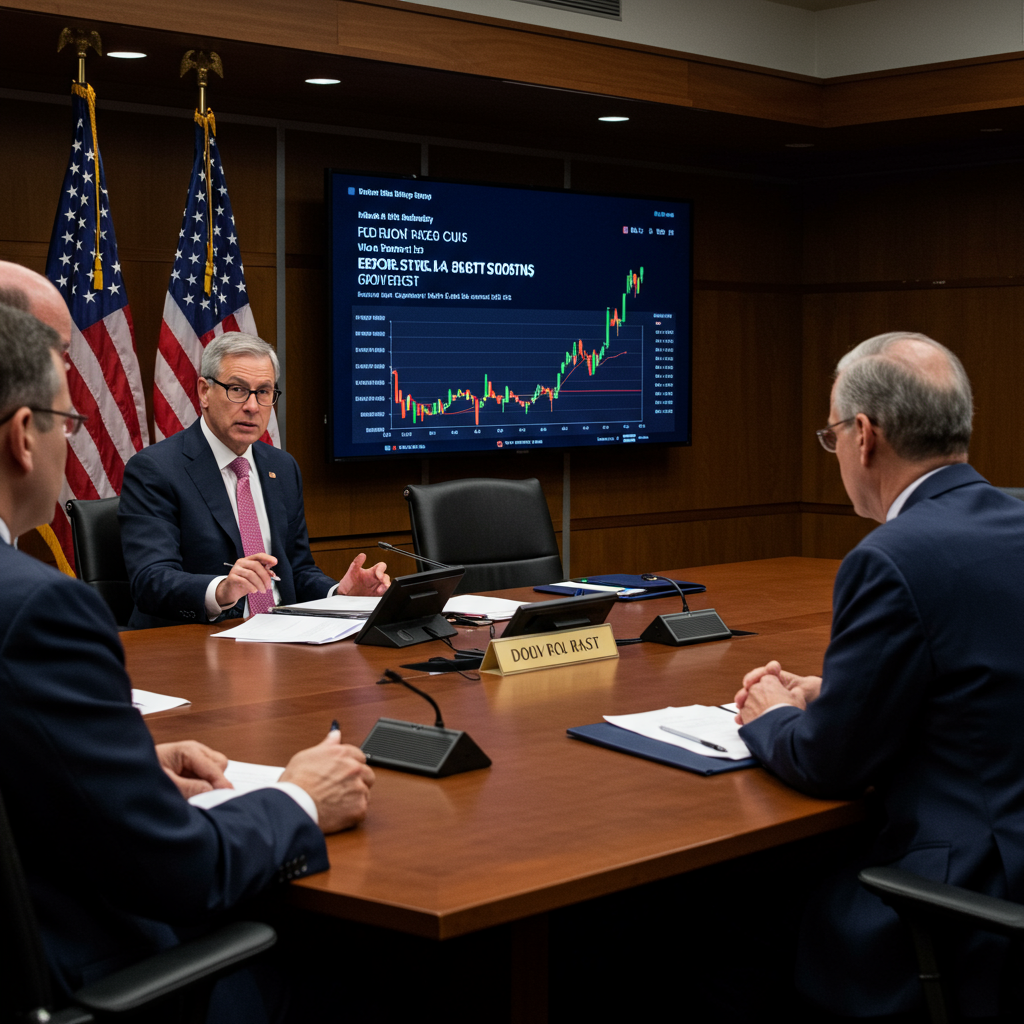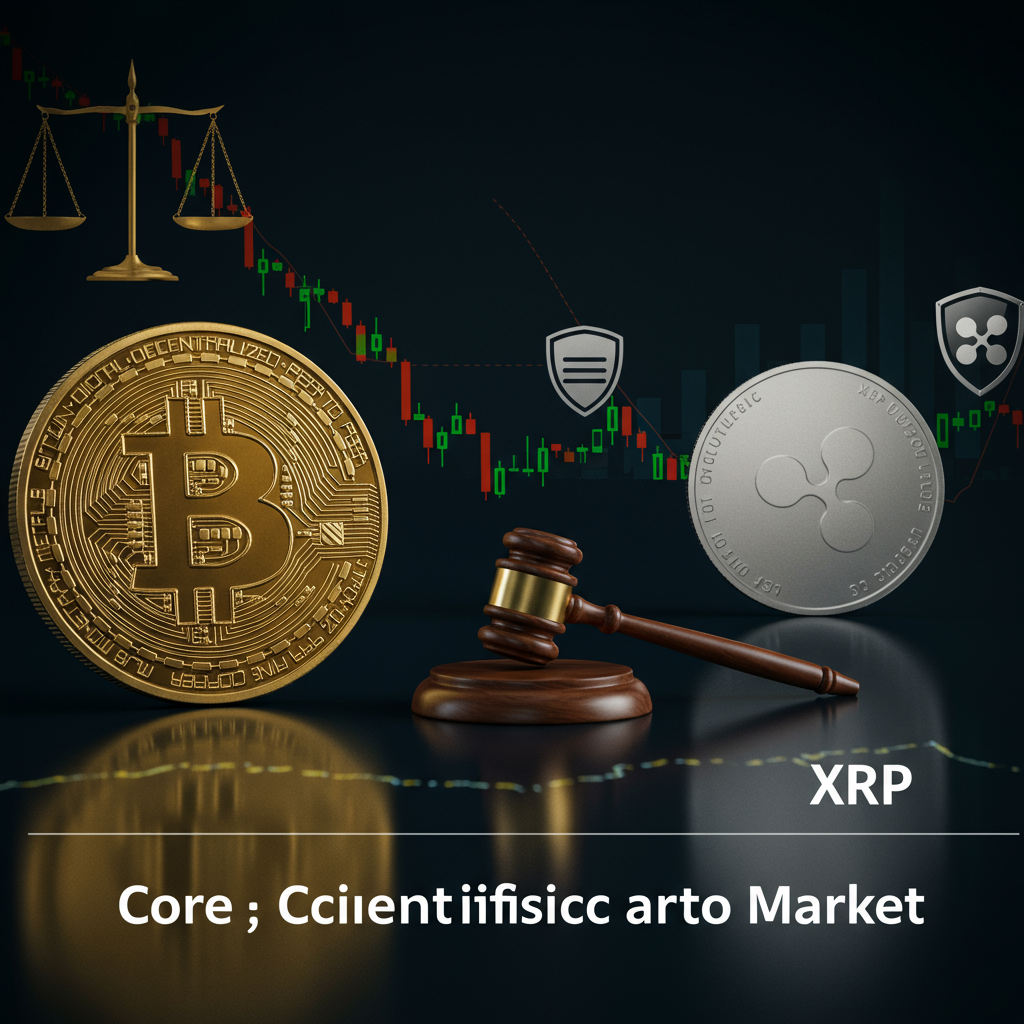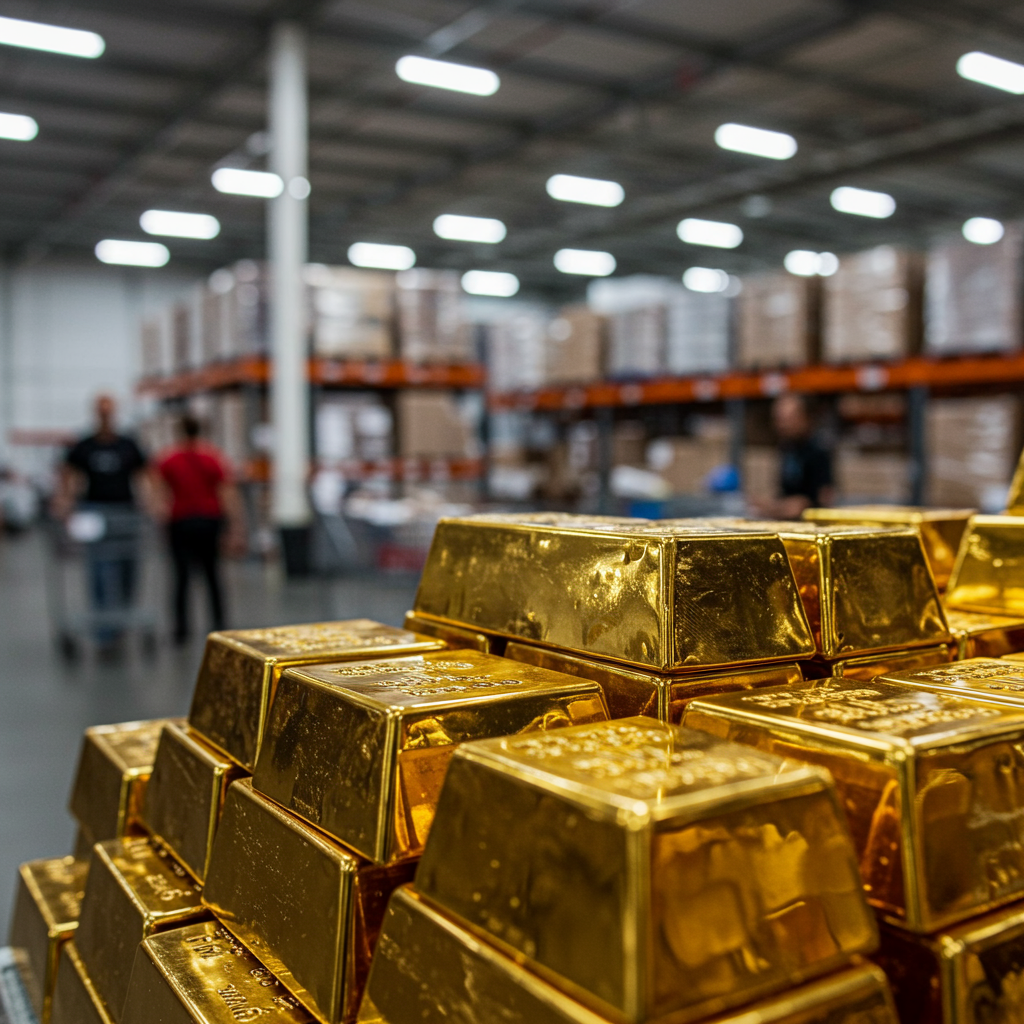Federal Reserve Chair Jerome Powell faces a delicate balancing act as the central bank signals potential interest rate cuts. This move, while potentially easing economic pressures, intensifies scrutiny over the Fed’s crucial political independence. Navigating demands from the White House, persistent inflation concerns, and a shifting economic landscape, Powell’s decisions will profoundly impact global financial markets and the American public. The challenge lies in stimulating growth without appearing to yield to political influence, a cornerstone of sound monetary policy.
Navigating the Pressure Cooker: Rate Cut Signals Emerge
In a highly anticipated address from the scenic Jackson Hole Economic Policy Symposium in Moran, Wyoming, on Friday, August 22, 2025, Federal Reserve Chairman Jerome Powell hinted at the possibility of reducing the central bank’s key interest rate. This shift comes after months of the Fed largely standing firm against external pressure, particularly from President Donald Trump, who has consistently called for lower borrowing costs. Powell’s remarks suggest a rate reduction could occur as early as the Fed’s upcoming September meeting, marking a pivotal moment for economic policy.
The prospect of rate cuts is fraught with complexity. The Federal Reserve must carefully weigh it against lingering inflation and the potential for economic improvement in the latter half of the year. Should these conditions materialize, a premature cut could undermine the Fed’s credibility. Trump has publicly advocated for aggressive rate slashes, arguing for “no inflation” and citing the potential to reduce the government’s substantial $37 trillion debt interest payments.
The Economic Justification: A Slowing Landscape
Chairman Powell’s rationale for a potential rate cut starkly contrasts with the President’s public pronouncements. Powell’s primary concern centers on evidence of a weakening economy. During his speech at Grand Teton National Park, he highlighted a notable slowdown in economic growth, which has dipped to an annual rate of 1.2% in the first half of this year, a significant decline from 2.5% previously. This deceleration, coupled with a “marked slowing” in the demand for workers, raises the specter of increasing unemployment, demanding a strategic response from the central bank.
Despite these concerns, the Fed remains vigilant about inflationary pressures. Powell specifically noted that recently implemented tariffs have begun to elevate the price of goods, and this trend could persist. Fed officials are closely monitoring these developments, which introduce a degree of caution regarding the pace and extent of future rate reductions. The current key short-term interest rate, standing at 4.3%, profoundly influences borrowing costs for consumers across mortgages, auto loans, and other financial products. President Trump has voiced a desire to see this rate plummet to 1%, a level unsupported by any Fed official.
Upholding the Mandate: The Imperative of Fed Independence
Regardless of the Federal Reserve’s ultimate course of action, the institution is committed to asserting its long-standing independence. Most economists widely regard a politically independent central bank as essential for effectively combating inflation. Such independence allows the Fed to make tough decisions, like raising interest rates to cool an overheating economy, without succumbing to the short-term political pressures that elected officials often face. This autonomy is crucial for maintaining long-term economic stability and public confidence in monetary policy.
The Fed’s interest-rate setting committee comprises 19 members, with 12 voting on policy decisions. Beth Hammack, President of the Federal Reserve’s Cleveland branch and a voting member, emphasized her commitment to this independence in an interview. “I’m laser focused… on ensuring that I can deliver good outcomes for the public, and I try to tune out all the other noise,” Hammack stated, underscoring the professional dedication within the institution. She remains concerned about persistent inflation, a sentiment echoed by several colleagues, noting that “Inflation is too high and it’s been trending in the wrong direction.”
Intriguingly, Chairman Powell consciously avoided discussing Fed independence during his Wyoming address, where he received a standing ovation from a global audience of academics, economists, and central bank officials. Adam Posen, President of the Peterson Institute for International Economics, suggested this was a deliberate and strategic omission. Posen argued that by not addressing the political noise directly, Powell was, ironically, making a powerful statement about the Fed’s autonomy. “The not talking about independence was a way of trying as best they could to signal we’re getting on with the business,” Posen observed, highlighting the institution’s focus on its core mandate.
Political Interference and Its Ramifications
This backdrop of intense political pressure extends beyond the Fed Chair. President Trump has intensified his campaign against other senior Fed officials. Notably, he declared his intention to dismiss Fed Governor Lisa Cook if she did not resign. These threats stem from allegations of mortgage fraud related to two properties Cook purchased in 2021, claims for which she has not been charged. Cook has publicly affirmed she would not be “bullied” into relinquishing her position, declining further comment on Trump’s threats.
The potential removal of Governor Cook would open a crucial opportunity for the administration to appoint a loyalist to the Fed’s governing board. Board members play a direct role in all interest rate decisions. The White House has already nominated Stephen Miran, a top White House economist, to replace former governor Adriana Kugler, who departed on August 1. Such appointments could fundamentally shift the balance of power and policy direction within the Federal Reserve.
Chairman Powell is no stranger to such political broadsides. President Trump previously threatened to fire him, despite having appointed Powell in late 2017. Michael Strain, Director of economic policy studies at the American Enterprise Institute, highlighted this consistent pattern. “The president has a long history of applying pressure to Chairman Powell,” Strain noted. “And Chairman Powell has a long history of resisting that pressure. So it would be odd, I think, if on his way out the door, he caved for the first time.” Powell’s term as chair is slated to conclude in approximately nine months, adding another layer of political calculus to his decisions.
Strain also offered a counter-perspective on the economic outlook, suggesting that Powell might be overestimating the risk of a further economic slowdown and rising unemployment. Should inflation unexpectedly worsen while hiring remains robust, the Fed could be compelled to reverse course, potentially raising rates again next year. Such a scenario, Strain warned, “would do further damage to the Fed’s credibility around maintaining low and stable price inflation,” underscoring the critical tightrope the Fed must walk between managing economic growth, controlling inflation, and preserving its vital independence.
—
Frequently Asked Questions
What factors are influencing the Federal Reserve’s decision on interest rates?
The Federal Reserve’s interest rate decisions are influenced by a complex interplay of economic data and policy considerations. Chairman Jerome Powell has cited a “notable slowing” in economic growth, down to 1.2%, and a “marked slowing” in worker demand as key reasons to consider rate cuts, aiming to prevent higher unemployment. Conversely, persistent inflation, potentially exacerbated by new tariffs, and concerns about the economy’s second-half performance, make the Fed cautious. The central bank must balance stimulating growth with controlling price stability, all while navigating intense political pressure to cut rates.
Where did Jerome Powell signal potential interest rate cuts?
Federal Reserve Chairman Jerome Powell signaled potential interest rate cuts during a highly anticipated speech at the Jackson Hole Economic Policy Symposium. This prestigious event took place in Moran, Wyoming, specifically outside of Jackson Lake Lodge, on Friday, August 22, 2025. The symposium, held in Grand Teton National Park, is a key annual gathering for central bankers, economists, and academics to discuss critical economic issues and policy directions. Powell’s remarks there are closely watched by global financial markets.
How does maintaining Fed independence protect the economy and consumers?
Maintaining the Federal Reserve’s independence is crucial for economic stability and consumer welfare because it allows the central bank to make monetary policy decisions free from short-term political influence. An independent Fed can implement measures like raising interest rates to combat inflation, even if unpopular, which prevents the erosion of purchasing power for consumers. It ensures policy decisions are based on economic data and long-term objectives rather than political cycles, fostering investor confidence and a stable financial environment that benefits everything from mortgage rates to overall job security.
—



